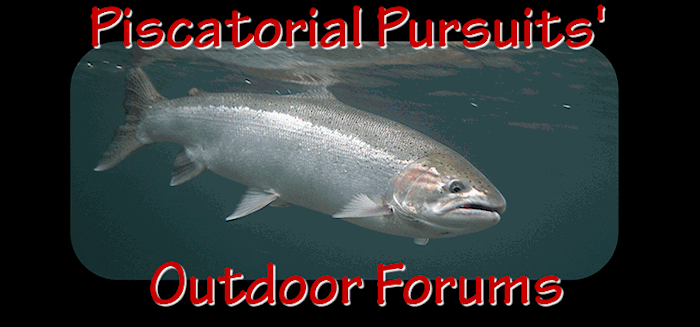Tug and Krijack,
Building the hatchery at Tumwater on the Deschutes River mainly adds the benefit of not having to incubate the eggs from the returning Chinook salmon over at George Adams on the Skokomish. While that would be nice, one might logically ask if it is worth $30 million.
There are no native Chinook to the Deschutes. It's a perfect location to avoid issues of mixing hatchery and wild fish. The hatchery Chinook are of Green River origin, as are most all hatchery fall Chinook in Puget Sound. The reason excess returning Chinook are no longer allowed to migrate upstream of the falls to spawn naturally is ESA related. NMFS, for reasons that defy logic, decided that any natural offspring resulting from such spawning would be "wild" Chinook and covered by the ESA. And all kinds of ESA fish mixed with non-ESA fish problems would ensue. This makes sense only because it does logically apply to some other example locations, but it does not logically apply to the Deschutes because there were no native salmon or steelhead.
As for the benefits of the Tumwater hatchery program, Canada is the primary beneficiary, with treaty tribes being the secondary beneficiary. WA recreational anglers would benefit least and pay the most, like with nearly every hatchery salmon program in the state.













 Previous Topic
Previous Topic Index
Index


